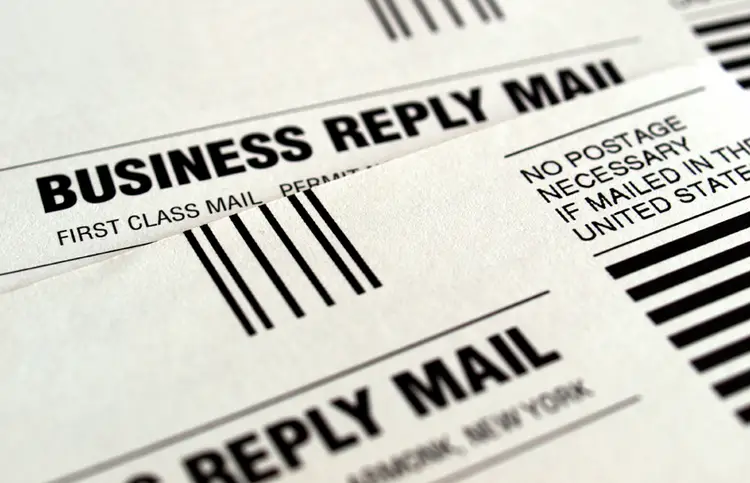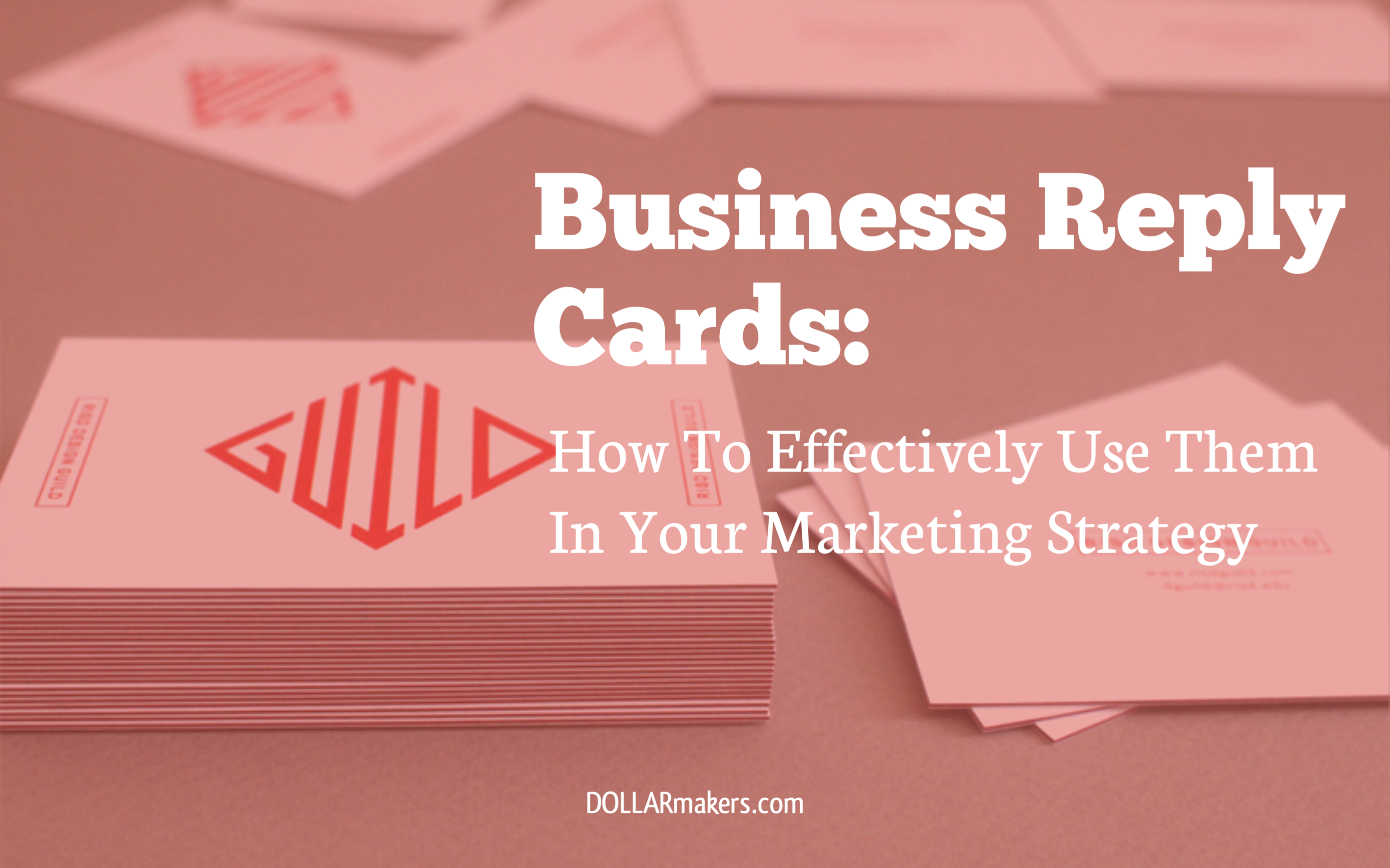Are you looking to boost your marketing strategy and reach a wider audience? Look no further than business reply cards! These handy tools have been used for decades as an effective way to engage with potential customers and generate leads. Whether you’re a small business owner or part of a large corporation, incorporating business reply cards into your marketing plan can have a big impact on your success.
In this article, I’ll dive into the world of business reply cards and share everything you need to know about how they work, their benefits, and some creative ways to use them in your marketing efforts. From lead generation to tracking response rates, we’ll cover it all so that you can make the most out of these powerful tools. So grab a pen and paper because by the end of this article, you’ll be ready to take your marketing game to the next level with business reply cards!
So, business reply cards?
Business reply cards, also known as response cards or postcards, are a powerful tool in any marketing strategy. They allow businesses to gather valuable information from potential customers and can be used in various ways to increase sales and engagement.
Firstly, business reply cards provide a convenient way for customers to respond to an offer or request more information. By including these cards in your direct mail campaigns or product packaging, you make it easy for customers to take action without having to search for contact details. This increases the likelihood of receiving a response and ultimately leads to more conversions.
Moreover, business reply cards can be customized with specific calls-to-action that align with your overall marketing goals. For example, if you want to increase website traffic, you can include a QR code on the card that directs recipients straight to your website when scanned. Or if you want customers to sign up for your newsletter, you can have them fill out their email address on the card and return it via mail or online.
Another benefit of using business reply cards is that they provide valuable data about your target audience. By asking recipients to fill out basic information such as their name and contact details on the card before sending it back, you gain insight into who is interested in your products or services. This allows you to tailor future marketing efforts towards this specific demographic.
Furthermore, business reply cards can also serve as a cost-effective market research tool. You can use them to gather feedback from customers by asking them questions about their preferences or opinions on certain products/services. This not only helps improve customer satisfaction but also provides valuable insights for future product development and marketing strategies.
In conclusion, incorporating business reply cards into your marketing strategy is an effective way of increasing customer engagement and gathering important data about your target audience. With their convenience and versatility in customizability, they are a must-have tool for any successful marketing campaign.
Understanding the Basics of Business Reply Cards
Business Reply Cards, often seen in marketing campaigns, are special cards that allow customers to respond without needing to pay for postage. These cards can be a clever tool for businesses aiming to gather feedback or information from their clients. When consumers receive these reply cards, they typically find them included with promotional materials like brochures or catalogs. The appeal lies in their convenience; customers can simply fill out the card and drop it into the mail, making it hassle-free to share their thoughts.
Using Business Reply Cards effectively requires thoughtful design and strategic placement. First and foremost, it’s essential that the card is clear and inviting—this means using simple language along with engaging visuals. Businesses should consider adding enticing elements such as surveys or incentives; for example, “Fill this out for a chance to win!” This encourages participation while building a connection with customers. Additionally, ensuring that your business name stands out on the card fosters brand recognition. Overall, when done right, these little pieces of paper can create impactful conversations between companies and consumers alike.
Thus, mastering the art of Business Reply Cards opens up doors not just for communication but also for lasting relationships in today’s fast-paced market landscape.
Examining The Benefits Of Using Business Reply Cards In Your Marketing Strategy
In the world of marketing, using Business Reply Cards (BRCs) can be a game changer. These simple cards allow customers to respond easily without any postage cost, making it convenient and quick for them to get in touch with your business. Imagine receiving a card in the mail that invites you to share your thoughts or request more information—all while knowing it’s free! This ease of response can significantly boost customer engagement. When designed well, BRCs are not just practical; they’re also visually appealing and strategically placed within promotional materials. This subtly encourages potential clients to take action right away.
Moreover, incorporating BRCs into your strategy offers valuable insights into customer preferences and behaviors. Each time a card is returned, it brings back precious data about what interests people most about your offerings. Tracking responses helps businesses discover trends and refine their messages accordingly. By analyzing this feedback, companies can tailor their products or services better to meet consumers’ needs—improving satisfaction all around!
In essence, by blending convenience with informative outreach through Business Reply Cards, businesses create stronger connections with their audience while gathering essential intelligence for future campaigns.
Emphasizing relationships alongside innovation ensures lasting success in today’s competitive market landscape.
Read also: How to Use a Shelf Corporation to Build Business Credit

Creating Effective and Eye-Catching Business Reply Cards
When designing business reply cards, the key is to make them not just functional but also visually appealing. Start by considering the layout; a clean and organized design can draw attention and convey professionalism. Use bold colors that reflect your brand’s identity, ensuring they catch the eye without overwhelming potential respondents. Include concise messaging on why completing the card benefits them—perhaps a discount or exclusive information—so they feel motivated to engage. Incorporating engaging imagery relevant to your service or product can also enhance visual appeal while providing context.
In addition to aesthetics, usability is crucial in making these cards effective. Ensure there are clear instructions on how to fill out and return the card with minimal effort required from users. Utilize bullet points for clarity:
- Simple tick boxes for responses
- A designated space for personal comments
- A pre-paid return envelope if necessary
Moreover, consider adding a QR code leading directly to an online survey; it adds convenience for tech-savvy customers who prefer digital communication over traditional methods. By balancing charm with practicality, you create cards that not only invite interaction but also strengthen connections with your audience.
Utilizing Business Reply Cards For Lead Generation
Business Reply Cards (BRCs) are a fantastic tool for lead generation, offering an easy way for potential customers to respond without needing to provide any upfront payment. When someone receives a BRC in the mail, it’s like handing them a golden ticket—there’s no cost involved! This simplicity encourages more people to engage with businesses, making it an effective strategy for gathering leads. By including intriguing offers or questions on these cards, companies can spark interest and motivate recipients to take action. Imagine sending out a card that reads, “Want exclusive discounts? Just fill this out!” The appeal is hard to resist.
Moreover, the beauty of BRCs lies in their versatility. Businesses can use them in various campaigns—from surveys to promotional events—with minimal effort required by the customer.
- One approach could be using them alongside product catalogs.
- Another option may involve distributing them at trade shows.
- Even social media promotions can benefit from integrating BRCs!
Each time someone mails back that card, it’s not just paper; it’s valuable insight into preferences and interests. In essence, Business Reply Cards transform mundane replies into golden opportunities for growth while allowing companies to cultivate richer relationships with potential clients over time.
You may also like: joint ventures revenue sharing
Tracking Response Rates: Measuring the Success of Your Business Reply Card Campaign
Measuring the effectiveness of your business reply card campaign is crucial for understanding how well it connects with your audience. To do this, you need to keep an eye on response rates. This means counting how many people actually send back their cards compared to how many were sent out in total. A high response rate often indicates that your message resonated well and engaged recipients effectively. You might also want to consider tracking different elements, like demographics or geographic locations, as these insights can reveal who exactly is responding and why they find the offer appealing.
To make sure you’re getting a complete picture, think about setting up a system for gathering feedback alongside those responses. For instance, include a brief survey on the reply card itself or prompt users through follow-up communication. This will help you understand not just whatpeople are doing but why. When analyzing the data, look for patterns: Are certain designs more effective? Do specific offers draw in more replies? By investigating these areas thoroughly, you can refine future campaigns and maximize engagement even further.
Remember that each detail matters; every piece of feedback contributes to shaping a stronger connection with your audience over time!

